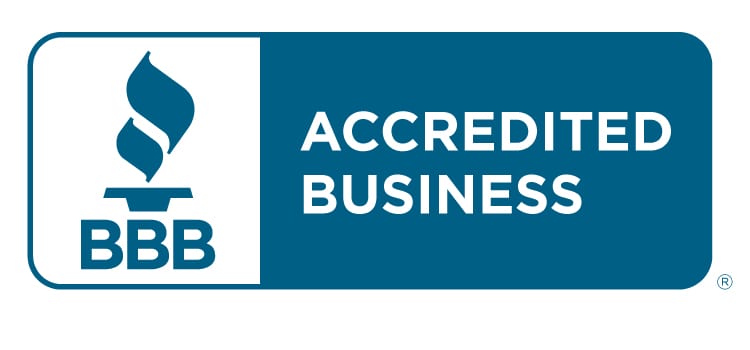
How to Hire and Work With a Ghostwriter
Writing a book is a hard task – and one that requires a huge investment of time and effort. A ghostwriter, however, can be a smart solution to a tricky problem, providing you with well-written content specially formulated to sound like it’s coming from you.
Here’s how to make the most of the process, with quick tips on hiring and working with your ghostwriter of choice.
Where to Find Ghostwriters
A good ghostwriter doesn’t come cheap, so be sure to do your research when selecting the right person for the job.
Start your search with freelance writer marketplaces, and make sure to thoroughly check writing samples and client testimonials before hiring. If no one measures up, your next bet would be to go through a third-party ghostwriting agency – preferably one with a qualified roster of rockstar writers.
7 Steps to a Successful Ghostwriting Relationship
Before handing off your project, you have to set out clear expectations. This includes a contract that outlines these seven factors:
1. Project Purpose
Define the purpose and goals of your project, including messaging specifics like what, why and to whom you’re trying to communicate.
2. Budget and Timing
Establish a budget and timeline, and consider offering payment at key steps instead of in one lump sum.
3. Collaboration
Determine how much (or how little) input you want to have along the way, as well as what communication channels you’ll be using.
4. Intellectual Property
Be clear about who will own the rights to the final product, and cover any necessary permissions for existing materials your writer will be using.
5. Quality Standards
Provide a guide for the style and tone you expect, plus the level of research required.
6. Feedback and Revisions
Establish a feedback process and agree on how many revisions are included in the budget.
7. Confidentiality
Cover any necessary nondisclosure agreements and additional confidentiality requirements you expect from the ghostwriter.
Need more advice? Let’s chat!







